
Mangrove Ecosystem Conservation and Restoration(MECR) Programmemme
Mangroves
Mangroves protect the coastal villages and lives of communities against erosion from the sea, and more importantly during the cyclones. Their biggest impact was seen during the Tsunami that struck the coast in 2004. The ecosystem of mangrove vegetation comprises of many animals, birds and insects. They enrich the eco-system and promote the growth of the environment. Mangroves also like rainforests are invaluable, having lasting biological assets of the tropics, monitoring climate, biodiversity and biological productivity etc. In addition to these global benefits, mangroves help as a natural shelter belt against storms, cyclones, floods, and coastal erosion.
TREE Foundation initiated the Community Based ‘Mangrove Ecosystem Conservation and Restoration (MECR) Programme’ in 2022 along Nellore, Prakasam and Bapatla districts of Andhra Pradesh, India.

Mangroves in the developing countries :
Mangroves being in the developing countries are unfortunately getting fast degraded mainly due to man-made factors. Some of the key factors contributing to the destruction of mangroves in India:
1. Urbanization and Industrialization: The expansion of urban areas and the growth of industrial and port facilities has led to the destruction of large areas of mangrove forests in India. The loss of mangroves to make way for urban and industrial development has been particularly pronounced in the densely populated coastal areas of the country.
2. Deforestation and Land Use Change: Mangrove forests in India have also been lost due to deforestation and the conversion of forested lands to other land uses, such as agriculture and aquaculture. This has been driven by the growing demand for food, fuel, and other resources, as well as the need to meet the demands of a rapidly growing population.
3. Water Pollution: The discharge of untreated industrial and domestic waste into the rivers and coasts surrounding mangrove forests has had a devastating impact on these ecosystems. Pollution from sewage and agricultural runoff has also had a significant impact, degraded the water quality and reduced the health of the mangroves.
4. Overfishing and Harvesting: The overfishing of mangrove forests and the unsustainable harvesting of their resources has also contributed to their destruction and degradation. This has been driven by the growing demand for fish and other seafood, as well as the need for fuel, building materials, and other resources.


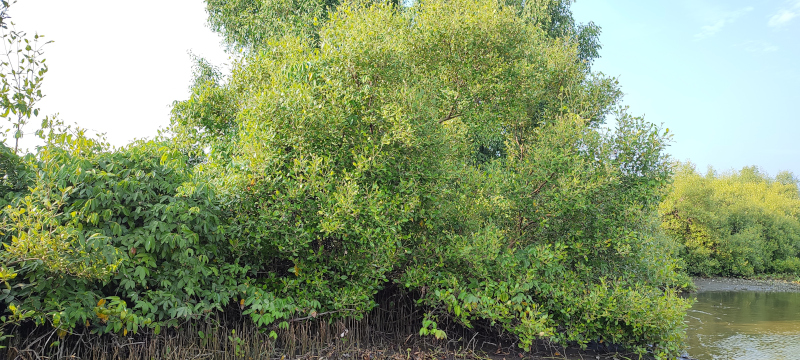
Impacts of Mangroves
The wide-ranging benefits of mangrove restoration, conservation and sustainable management is one of key pathways in meeting the SDGs. A brief about Mangrove restoration catering to the achievement of various SDGs are:
 SDG 14 : Conserve and sustainably use the oceans, seas and marine resources for sustainable development. Restoring mangroves directly strives for all the living species under water to flourish and survive, ensuring the balance in the ecosystem.
SDG 14 : Conserve and sustainably use the oceans, seas and marine resources for sustainable development. Restoring mangroves directly strives for all the living species under water to flourish and survive, ensuring the balance in the ecosystem. 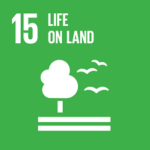 SDG 15 – Protect, restore and promote sustainable use of terrestrial ecosystems, sustainably manage forests, combat desertification, and halt and reverse land degradation and halt biodiversity loss. Restoring mangroves means regaining extremely productive ecosystems that provide breeding and nursery grounds and ideal habitat for a variety of plant and animal species.
SDG 15 – Protect, restore and promote sustainable use of terrestrial ecosystems, sustainably manage forests, combat desertification, and halt and reverse land degradation and halt biodiversity loss. Restoring mangroves means regaining extremely productive ecosystems that provide breeding and nursery grounds and ideal habitat for a variety of plant and animal species.
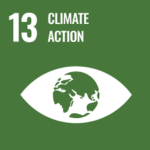 SDG 13 – Take urgent action to combat climate change and its impacts. Restoring mangrove forests directly contributes to goals related to climate adaptation and mitigation, as healthy mangrove forests sequester carbon and are a protective buffer zone strengthening the resilience of coastal areas from climate-related hazards.
SDG 13 – Take urgent action to combat climate change and its impacts. Restoring mangrove forests directly contributes to goals related to climate adaptation and mitigation, as healthy mangrove forests sequester carbon and are a protective buffer zone strengthening the resilience of coastal areas from climate-related hazards.
 SDG 08 – Promote sustained, inclusive and sustainable economic growth, full and productive employment and decent work for all. Mangrove ecosystems contribute to local livelihoods by providing employment for coastal populations. As mangrove restoration leads to restoration of an entire ecosystem – various flora and fauna species – thus creating employment opportunity for the local coastal community.
SDG 08 – Promote sustained, inclusive and sustainable economic growth, full and productive employment and decent work for all. Mangrove ecosystems contribute to local livelihoods by providing employment for coastal populations. As mangrove restoration leads to restoration of an entire ecosystem – various flora and fauna species – thus creating employment opportunity for the local coastal community.  SDG 5 – Achieving gender equality and empower all women and girls. Mangrove restoration activities proposed in the project area ensures in engaging women of the local coastal community in all planned activities. Empowering women through involvement in the project activities, employment creation and decision making designed in the project area ensures in achieving Gender Equality.
SDG 5 – Achieving gender equality and empower all women and girls. Mangrove restoration activities proposed in the project area ensures in engaging women of the local coastal community in all planned activities. Empowering women through involvement in the project activities, employment creation and decision making designed in the project area ensures in achieving Gender Equality.

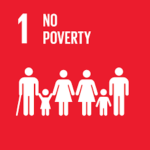 SDG 01 & SDG 02– Eliminating Poverty & To End Hunger. Mangrove ecosystem support diverse terrestrial, estuarine, and marine species, contributing to the food security for the coastal populations. Almost 80% of global fish catches are directly or indirectly dependent on mangroves, making it important to ensure food security for local communities as well as globally.
SDG 01 & SDG 02– Eliminating Poverty & To End Hunger. Mangrove ecosystem support diverse terrestrial, estuarine, and marine species, contributing to the food security for the coastal populations. Almost 80% of global fish catches are directly or indirectly dependent on mangroves, making it important to ensure food security for local communities as well as globally.
Mangroves Ecosystem Services
Climate Regulation
Carbon storage potential of mangroves is 3-5x higher than that of tropical upland forest due to strong carbon storage in soil
Fisheries
More than 3000 fish species are found in mangrove ecosystems
Tourism
More than 2,000 mangrove-related attractions globally, such as boat tours, boardwalks, kayaking and fishing
Water Filtration
2-5 hectares of mangroves may treat the effluents of 1 hectare of aquaculture
Coastal Protection
Restoring mangroves for coastal defence up to 5 times more cost-effective than “grey infrastructure” such as breakwaters
Livelihoods
120 million people living near mangroves as per UNDP 2014 report
Become Part of the MECR Programme
Support us with the below initiatives to make mangrove conservation a possibility for all
Support Awareness Creation & Community Orientation
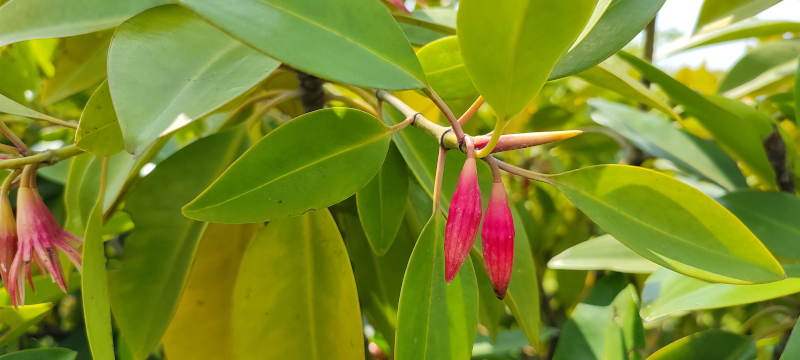
Community involvement and participation
Orientation and awareness programmes
Interdependency of community and the mangrove ecosystem
Community awareness about the entire mangrove ecosystem
Coexistence of community with the mangrove ecosystem
Help us with Awareness Creation & Community Orientation with your contribution of Rs. 5000
Support Training & Capacity Building
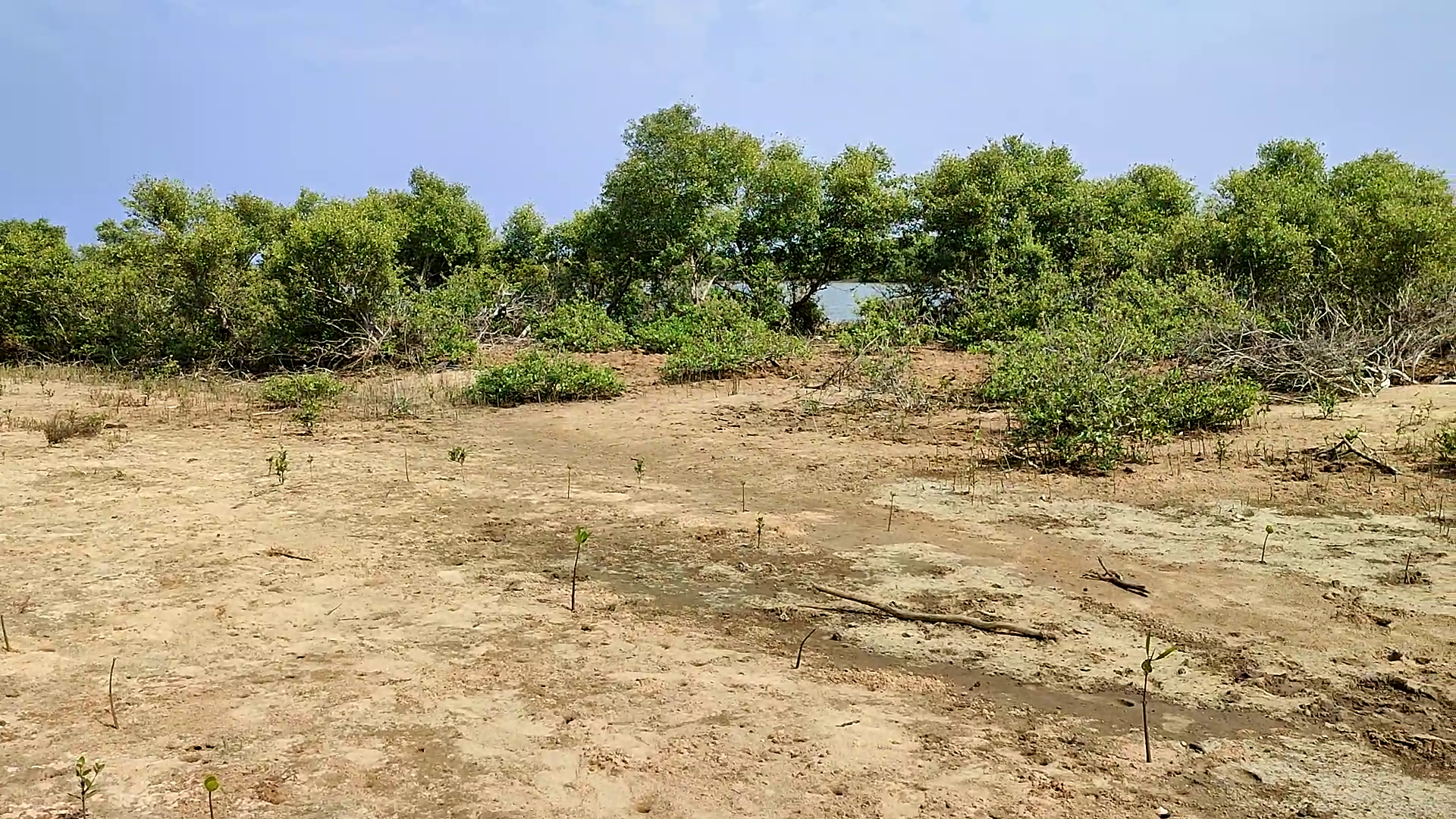
Identification of species
Seed collection & preservation techniques
Nursey creation & maintenance guidelines
Plantation methodologies & techniques
Community livelihoods creation
Alternate livelihood creation
Sustainable economic activities
Help us in creating support and capacity building with a contribution of Rs. 7500
Support Plantation of Mangrove Trees

We wish to undertake plantation of around 100 mangrove saplings
-
Restoration of mangrove ecosystem
-
Climate protection through carbon storage
-
Coastal protection
Supporting various flora and fauna


